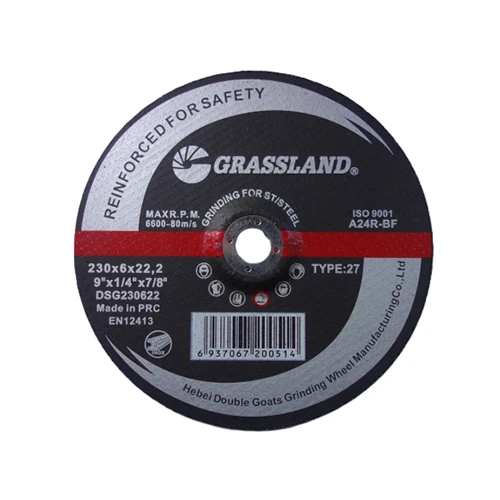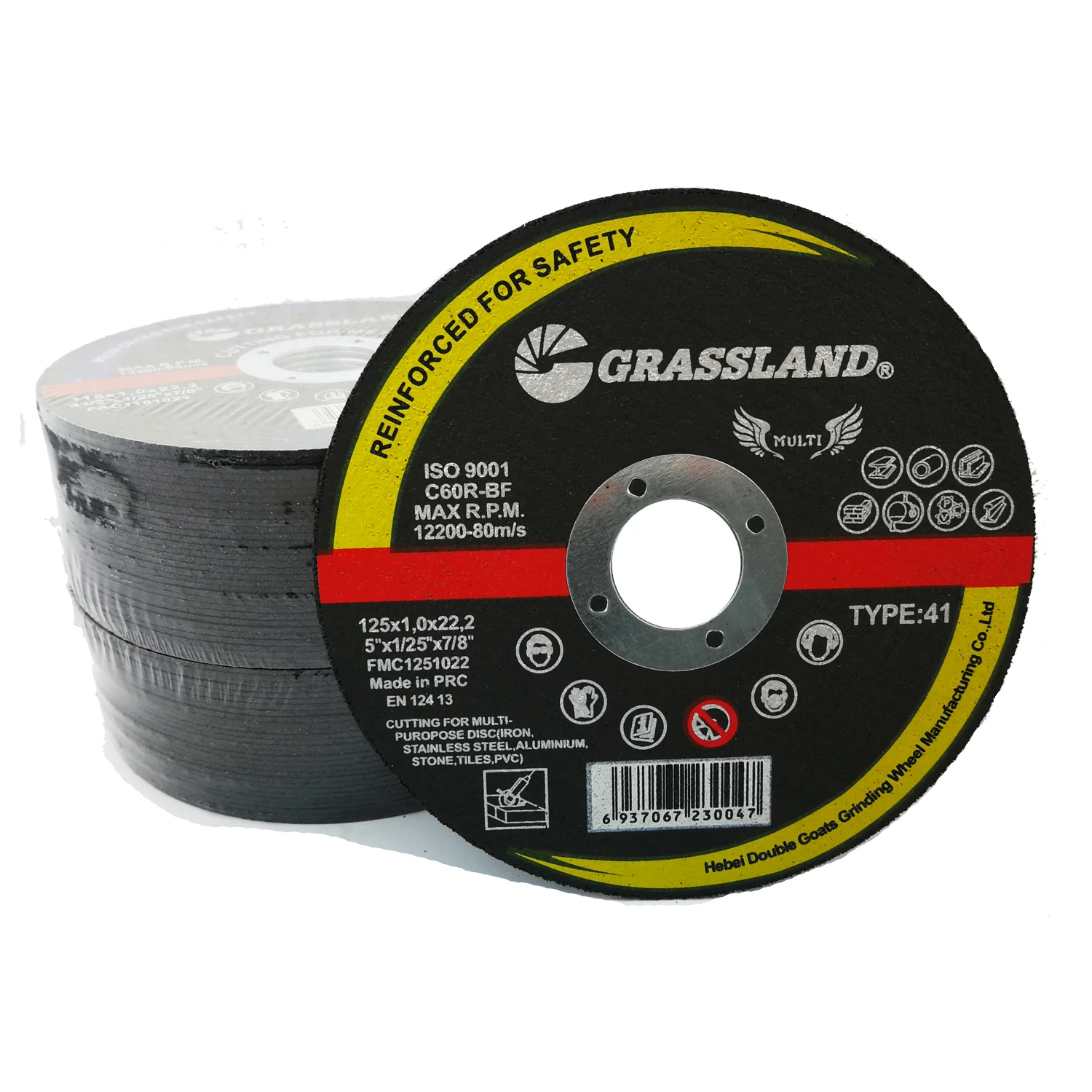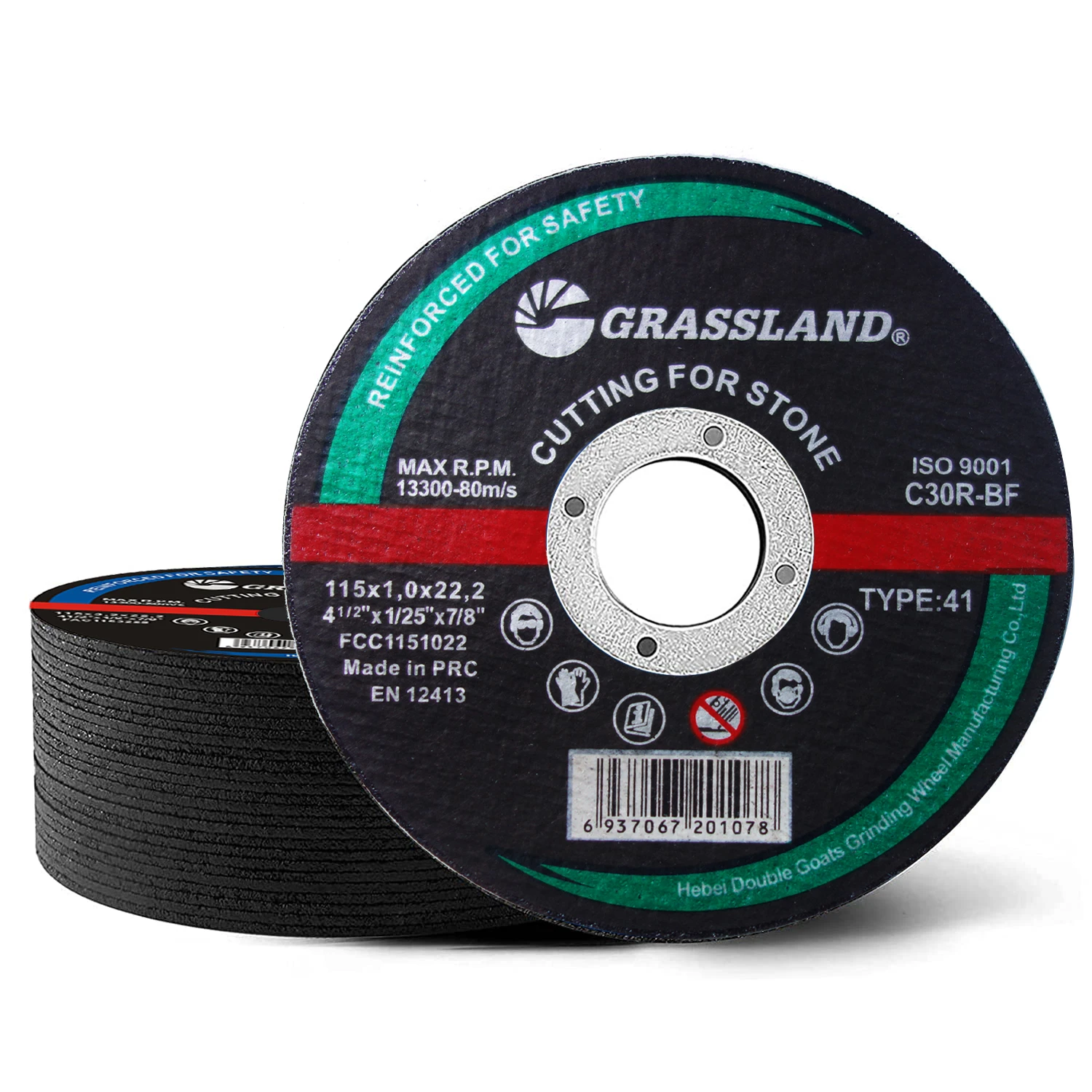When it comes to achieving flawless finishes and consistent results in metalworking, woodworking, and surface preparation, few tools are as indispensable as flap discs. These versatile abrasives combine the aggressive cutting power of grinding wheels with the finesse of sanding discs, offering tradespeople and hobbyists a unique balance of speed, control, and finish quality. Today’s market offers a wide variety of options, from large industrial discs to compact mini flap disc types designed for precision applications in tight spaces.
Whether you’re working in a workshop, a job site, or a home garage, the right flap disc can drastically improve your productivity while ensuring clean, accurate work. From beveling and deburring to surface blending and rust removal, flap discs are the hidden powerhouse behind many polished results.
Small Tools, Big Impact—How the Mini Flap Disc Enhances Detailed Grinding
In applications that demand high control and access to hard-to-reach spots, the mini flap disc becomes a key asset. These smaller-sized abrasives are perfect for precision grinding, finishing weld seams on corners, and getting into tight spaces where standard discs simply can’t operate effectively. Despite their reduced diameter, mini discs retain the same layered abrasive flaps as their full-sized counterparts, ensuring they deliver controlled aggression with consistent results.
Manufacturers often offer mini flap discs in a variety of grit sizes and materials, including zirconia and ceramic, which makes them versatile enough for stainless steel, aluminum, and even plastics. Their compact size also enables better balance and less vibration, making them especially suitable for extended work sessions.
Essential Techniques for Using Flap Disc on Wood Without Damage
While traditionally associated with metal, flap discs have found increasing utility in carpentry. The practice of using flap disc on wood is becoming more common among professionals who need to remove paint, shape edges, or smooth rough surfaces quickly. However, using them effectively on wood requires a bit of knowledge.
Unlike sandpaper, flap discs can remove material very rapidly. That’s why selecting the right grit—typically 80 or higher—is crucial for preserving the integrity of the wood. It’s also important to apply even, light pressure and keep the disc moving to avoid gouging the surface. Many woodworkers prefer flap discs over orbital sanders for their speed and aggressive shaping ability, especially on hardwoods or reclaimed timber.
Versatility and Power Are the Hallmarks of a Quality Flap Disc
At the core of modern surface preparation, the flap disc has become a mainstay in fabrication shops and construction projects. Its secret lies in its construction: overlapping abrasive flaps attached radially around a central hub. As each flap wears away, a new layer of abrasive is exposed, which allows for consistent performance throughout the life of the disc.
The design offers the convenience of both grinding and finishing in one tool, reducing the need for switching between products. From removing weld splatter to preparing surfaces for painting, flap discs outperform conventional sanding wheels in both efficiency and finish quality.
They come in various materials and grits to suit different needs. For example, ceramic flap discs excel in heavy-duty metal applications, while aluminum oxide variants are suitable for general-purpose tasks. Regardless of the material, the user benefits from less tool chatter, smoother operation, and less downtime.
Perfect Compatibility Between Flap Disc Grinder Performance and Application
To get the most from a flap disc, it’s vital to pair it with a proper flap disc grinder setup. Most flap discs are designed for use on angle grinders, offering high RPM capabilities and stable torque delivery. A quality grinder with variable speed settings allows users to match tool speed with application needs—especially important when switching between metal and wood or delicate versus aggressive tasks.
Ergonomics also play a major role. Lightweight grinders with anti-vibration features can dramatically reduce user fatigue, enabling longer sessions and better results. Safety is another consideration; using guards, safety glasses, and dust collection when applicable will ensure that grinding remains both effective and secure.
Improve Results with the Right Angle Grinder Flap Disc Pairing
Your choice of angle grinder flap disc pairing can make or break a project. Compatibility goes beyond mere size; the arbor hole must fit snugly, and the disc’s grit, shape, and material must match the demands of the job. For example, a Type 27 flat disc works best for smooth blending and finishing, while a Type 29 conical disc is ideal for aggressive stock removal at an angle.
If you’re dealing with ferrous metals or stainless steel, a zirconia or ceramic flap disc will provide longevity and heat resistance. For aluminum, a specialized non-loading disc helps prevent clogging. Matching the disc’s characteristics with the grinder’s capabilities ensures maximum cutting speed, efficiency, and disc life.
Flap discs are also available in quick-change formats for tool-free swaps, which is ideal for workshops that handle varied materials and need to move quickly between tasks.
Choosing the Right Grit for Your Flap Disc Tasks
Grit selection is critical. Coarse grits (36–60) are suitable for rapid material removal and weld shaping, while finer grits (80–120) are best for finishing and polishing. Consider the material and end result when making your choice.
Flat vs. Conical Flap Discs—What’s the Difference?
Flat (Type 27) discs are used for working on flat surfaces, while conical (Type 29) discs are angled for more aggressive grinding. Choose the disc type that best matches your angle of approach and surface area.
Flap Disc FAQs
Q: Can I use a mini flap disc on a standard angle grinder?
A: Yes, provided the arbor size matches and the RPM rating of the disc meets or exceeds your grinder's speed. Always verify compatibility before operation.
Q: Is using flap disc on wood safe and effective?
A: Absolutely. When used properly with high-grit discs and moderate pressure, flap discs are great for paint removal, surface smoothing, and shaping wooden edges.
Q: What are the advantages of a flap disc over a traditional grinding wheel?
A: Flap discs combine grinding and finishing in one step, reduce heat buildup, offer smoother operation, and generally last longer due to their layered design.
Q: How do I ensure the best performance from a flap disc grinder?
A: Use a compatible grinder with appropriate RPM, ensure a tight fit with the disc, and use consistent pressure without pushing too hard. Variable speed grinders offer more control.
Q: What’s the best angle grinder flap disc for stainless steel?
A: Use ceramic or zirconia Type 29 conical discs for stainless steel—they offer aggressive grinding and long life while resisting heat buildup.
Post time:Sep - 03 - 2025

















